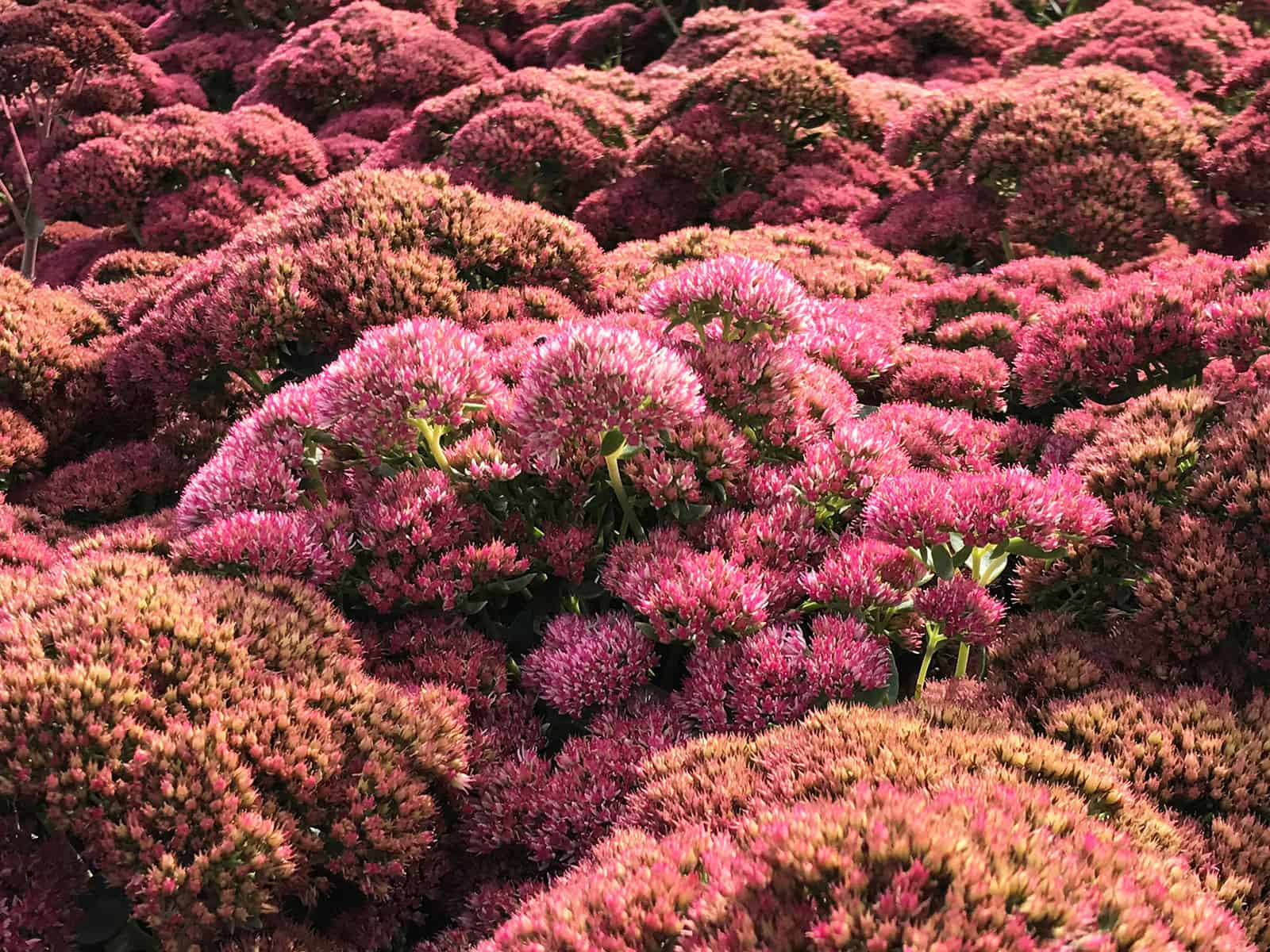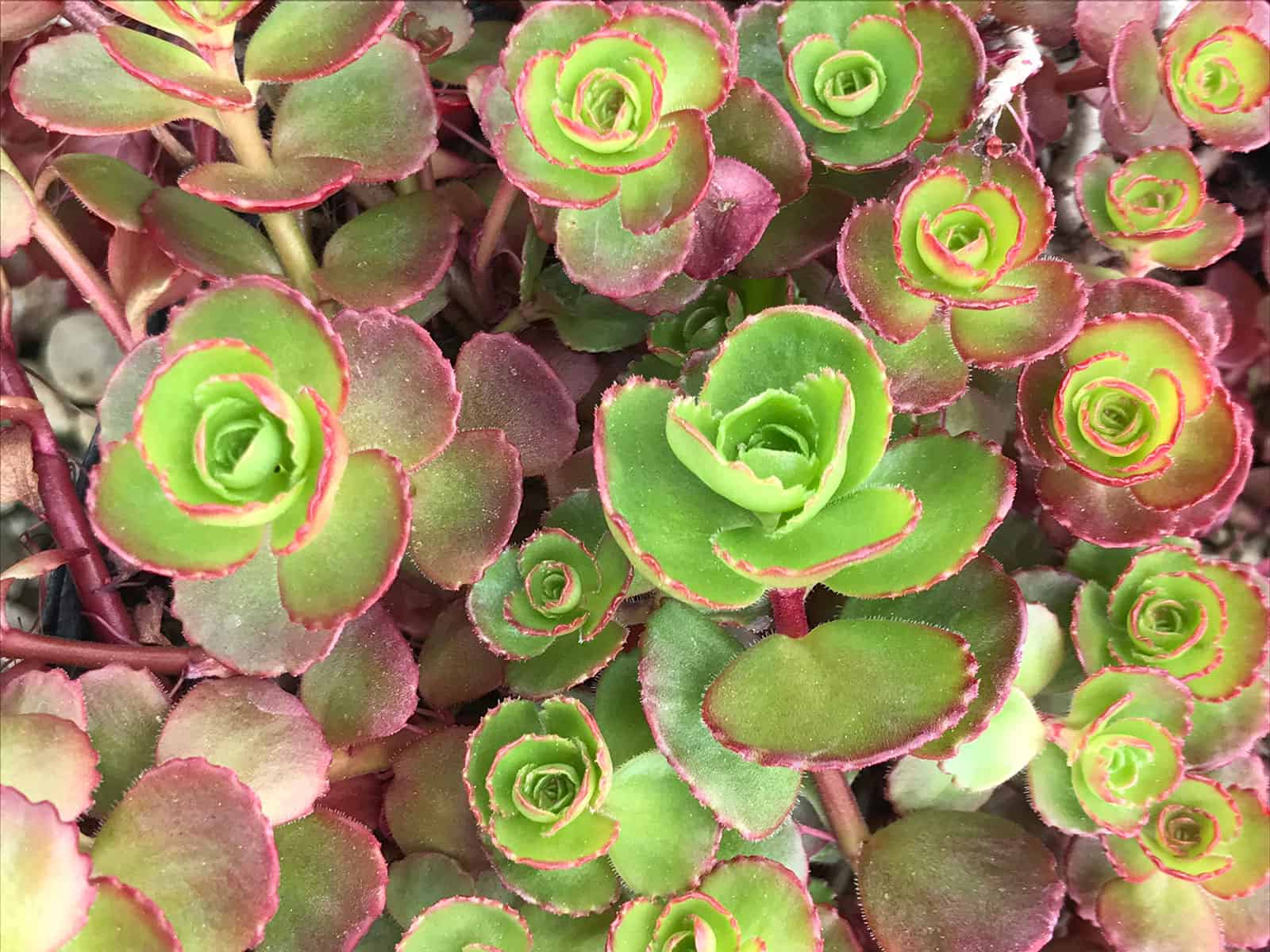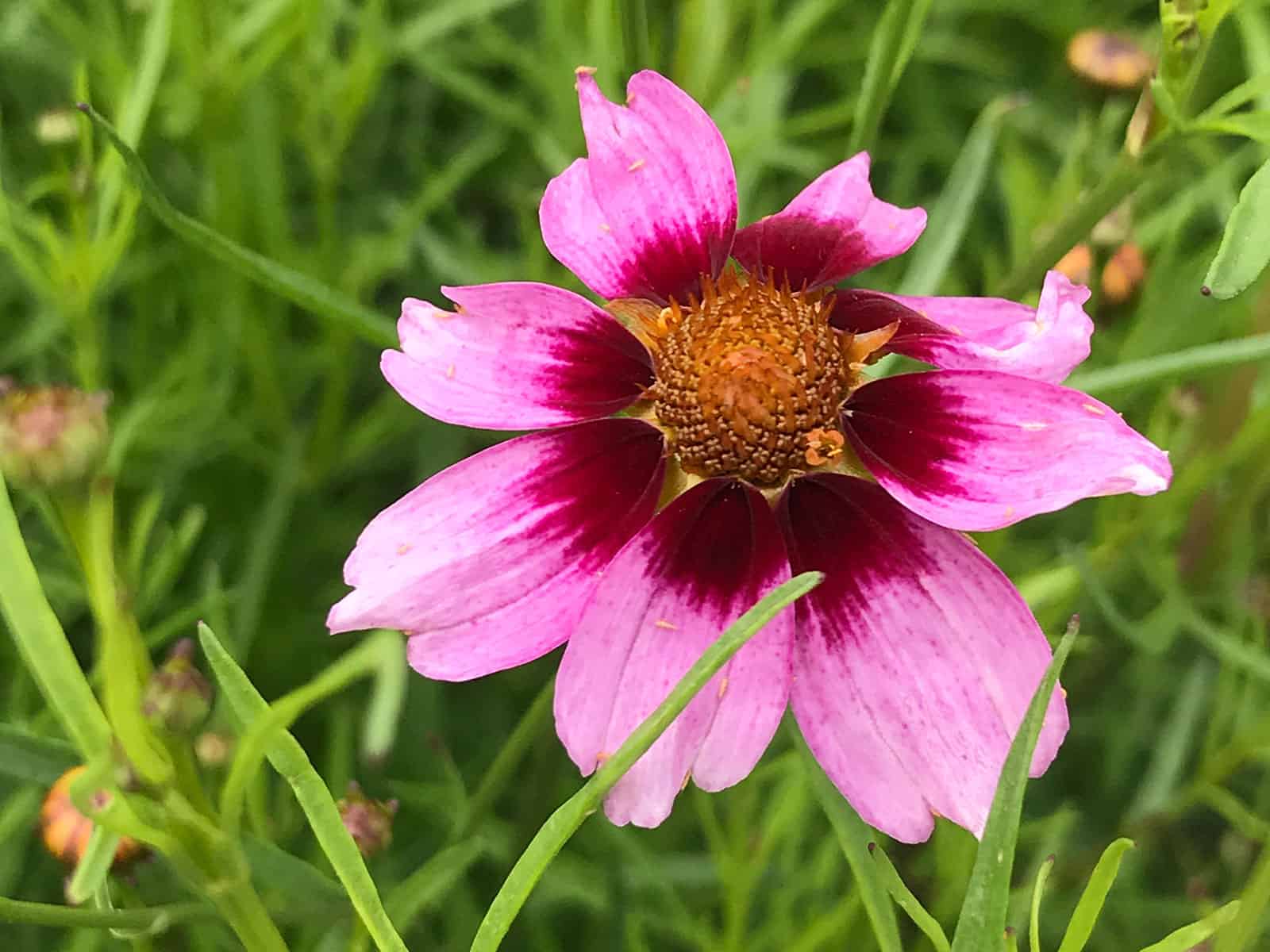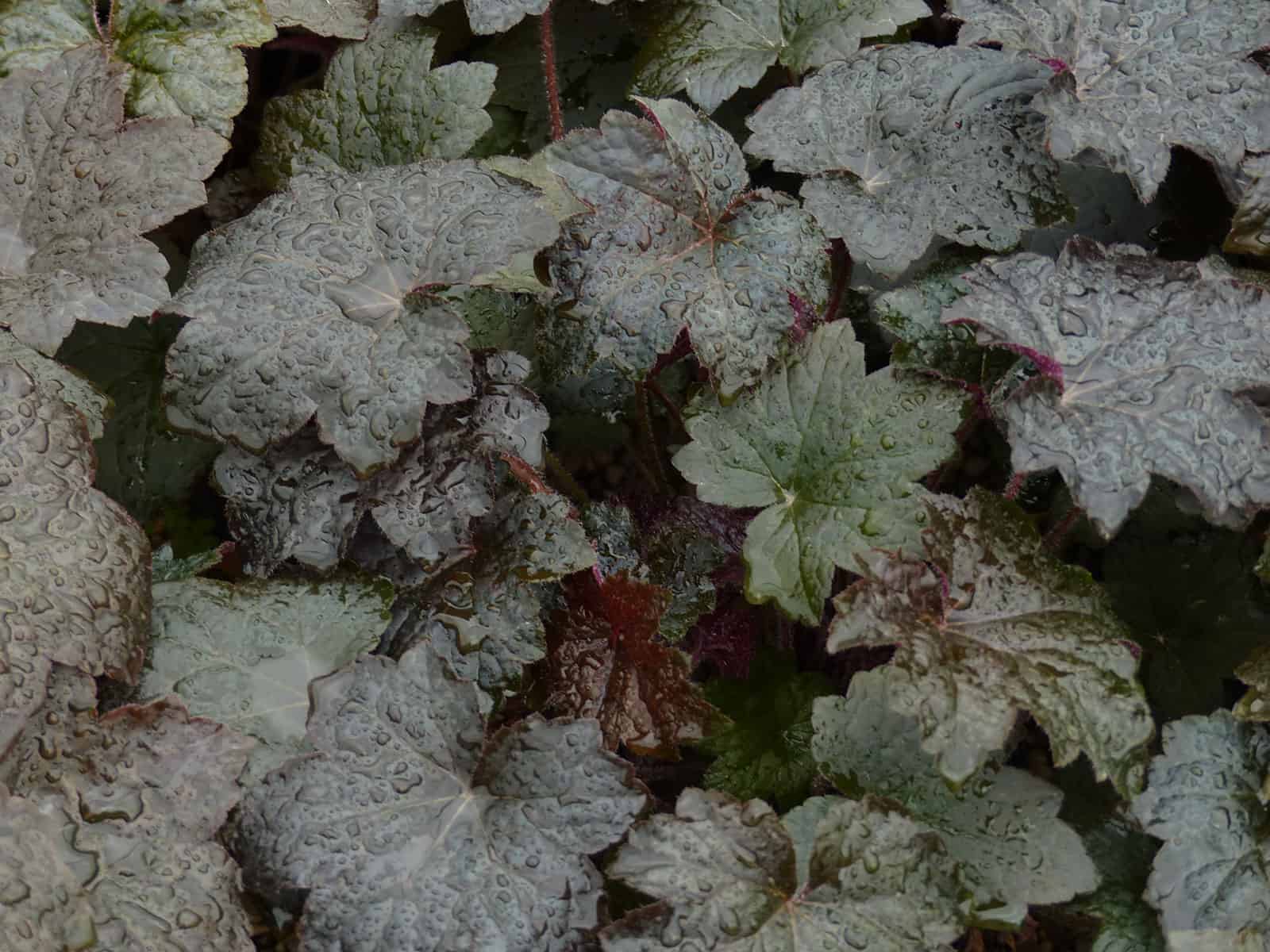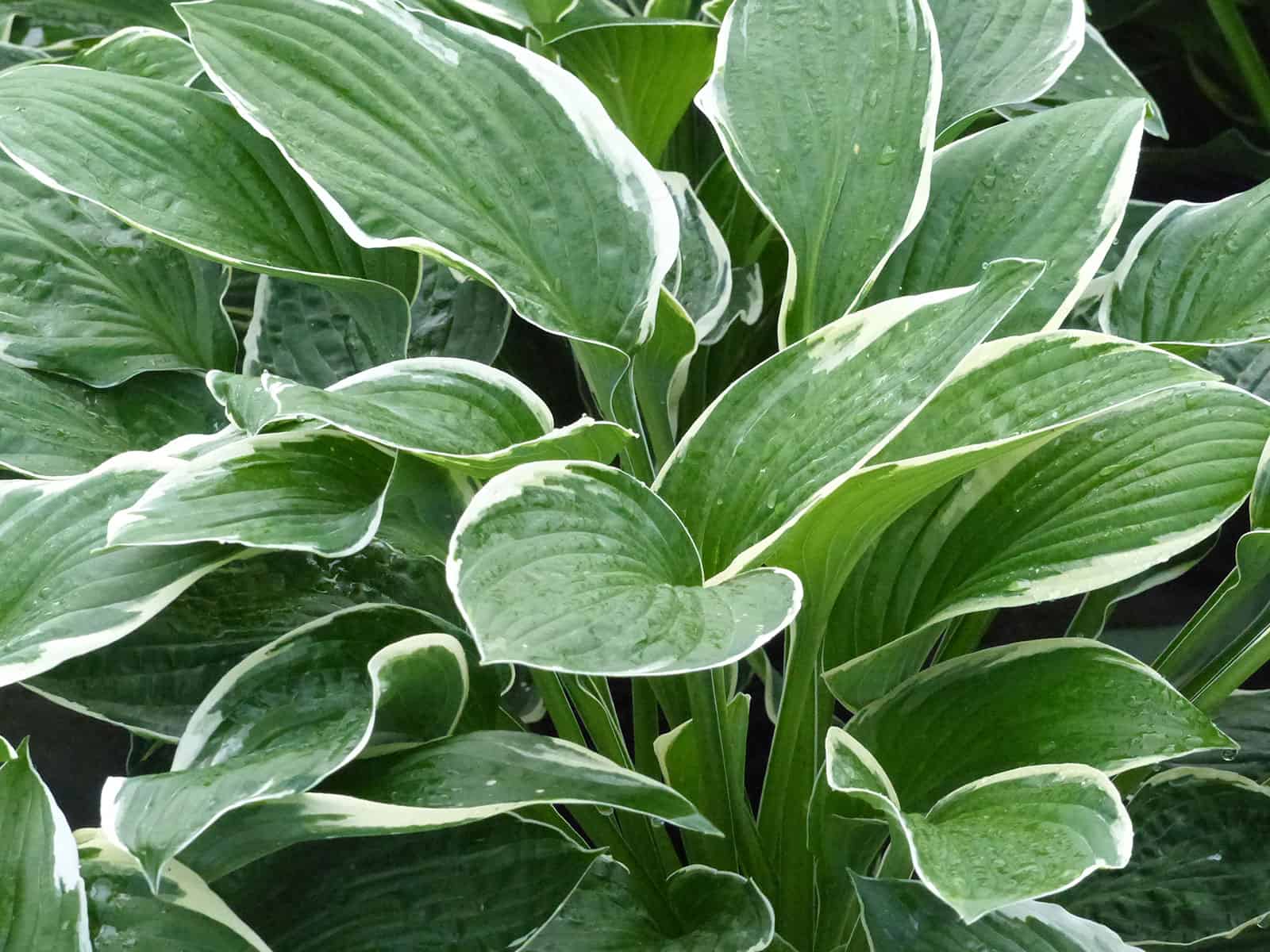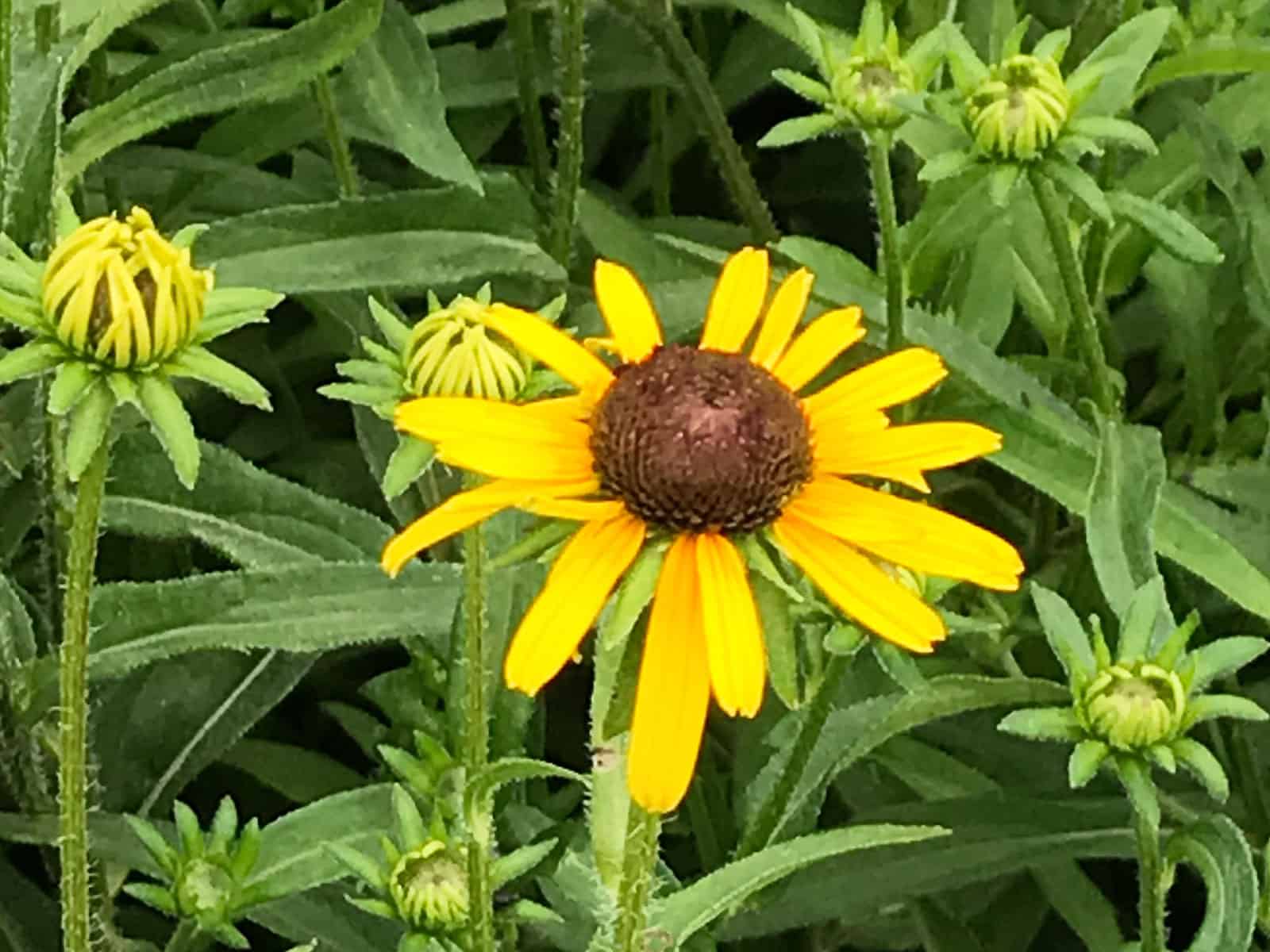
Culture: Easily grown in dry to medium, organically rich to average, well-drained soils in full sun. Best bloom occurs in full sun, although plants will tolerate some light shade. Plants prefer consistent moisture throughout the growing season, with some tolerance for drought once established. Good air circulation is appreciated. Deadhead spent flowers to encourage additional bloom. Plants slowly spread in the garden by rhizomes.
Noteworthy Characteristics: Rudbeckia fulgida is a Missouri native which occurs in both dry and moist soils in open woods, glades and thickets. An upright, rhizomatous, clump-forming, free-blooming coneflower which typically grows to 3′ tall, often forming colonies in the wild. Features daisy-like flowers (to 2.5″ across) with yellow rays and brownish-purple center disks. Prolific bloom production over a long mid-summer to fall bloom period. Oblong to lanceolate, medium green foliage. Good cut flower.
Genus name honors Olof Rudbeck (1630-1702) Swedish botanist and founder of the Uppsala Botanic Garden in Sweden where Carl Linnaeus was professor of botany.
Specific epithet means shining or glistening.
VIETTE’S LITTLE SUZY is a compact, upright, rhizomatous, clump-forming, free-blooming coneflower which typically grows only 10-15″ tall. Features daisy-like flowers with yellow rays and dark brownish-purple center disks. Prolific flower production over a long mid-summer-to-fall bloom period. Oblong to lanceolate, medium green foliage. Good fresh cut flower.
Problems: No serious insect or disease problems.
Garden Uses: Mass in bold drifts in the perennial border, cottage garden, meadow, native plant garden or naturalized area. Provides excellent bloom and color for the late summer. Good cut flower.
A compact cultivar.
Salvia nemorosa ‘May Night’. Garden sage. One of the most commonly used salvias in the northeastern US, it is covered in striking dark violet-blue flower spikes in May and June and remains upright and tidy throughout the season. Attracts birds, butterflies and bees. Makes an excellent cut flower, fresh or dried, and its leaves are freshly aromatic.
A terrific low evergreen groundcover for sunny areas with poor dry soil. This forms a trailing mat of succulent golden-yellow leaves. Clusters of yellow starry flowers appear during the summer. When planted in containers or on a wall this develops a beautiful cascading habit. Plants may be pruned back at any time if they get too large. Foliage sometimes develops beautiful amber tones in the autumn and winter. Does well in large rock gardens where the plants can be given room to spread. Best with occasional to no foot traffic. Drought tolerant. Registered with COPF: royalty required for propagation.
The border varieties of Stonecrop are a dependable choice for the late summer and fall garden, offering foliage interest earlier in the season, then a colourful display of flowers in the fall. This Canadian selection is an improvement on the older Autumn Joy, with a taller habit and stronger, less floppy stems. Plants begin to produce green broccoli-like buds in mid-summer, which gradually open into enormous dusty-rose flower heads, finally deepening to rich rusty-red during autumn. Even the dead flower heads have good winter effect. An outstanding cut flower, and also attractive to butterflies. Registered with COPF: royalty required for propagation.

Culture: Easily grown in acidic, average, dry to medium moisture, well-drained soils in full sun. Tolerates some light shade. Likes sandy or gravelly soils. Tolerates poor soils. Needs good soil drainage to perform well. Drought tolerant. Avoid overwatering. Plants may be sited 12” apart when grown as a ground cover. Easily propagated by cuttings or division. Plants spread easily (root where nodes touch the ground). Cut a leaf from a healthy sedum with about 1-2″ of stem and plant the stem with the leaf above soil. Plants are evergreen in warm winter climates.
Noteworthy Characteristics: Sedum spurium, commonly called Caucasian stonecrop or two row stonecrop, is a low-growing, sprawling, mat-forming sedum or stonecrop that is commonly grown as a ground cover. It is native to the Caucusus. This is an evergreen plant that typically rises only 3-6” tall but spreads to 18-24” wide by creeping, branching stems that easily root at the nodes. Thick, succulent, opposite, obovate, flattened leaves (to 1” long) with wedge-shaped bases are toothed near the ends. Leaves are medium green with reddish-tinged margins. Lower stem leaves are deciduous, but newer leaves near the stem tips are evergreen, typically turning deep burgundy in fall for overwintering. Leaves are arranged in two rows along the stems, hence the sometimes used common name of two row stonecrop. Tiny, 5-petaled, star-shaped, pinkish-red flowers (to 3/4” diameter) in dense, 4-branched inflorescences (to 4-6″ tall) bloom from late spring to mid-summer (June-July in St. Louis) atop upright reddish flower stems. Flowers are attractive to butterflies.
Genus name comes from the Latin word sedeo meaning to sit in reference to the general growing habit of many of the sedums (they sit and sprawl over rocks).
Specific epithet means false. Its use here is unclear.
‘Fuldaglut’ is a low-growing, mat-forming, maroon-leaved cultivar that grows 2-3” tall but spreads to 18” wide. Leaves are attractive throughout the growing season. Foliage is semi-evergreen in St. Louis winters.
Problems: No serious insect or disease problems. Slugs and snails may appear. Watch for scale.
Garden Uses: Rock garden or small area ground cover. Border fronts. Stone wall pockets. Sunny banks or slopes. Edging. Containers. Best when planted in groups or massed as a ground cover.
This tough, drought-tolerant species has glossy deep green leaves and, in early summer, half-inch golden yellow flowers that open from pink buds. It grows to about 6 inches tall and a little wider and makes a good groundcover.
Noteworthy Characteristics: Long-lasting, star-like, golden yellow flowers.
Care: Grow in well-drained soil of moderate fertility that is neutral to slightly alkaline. Full sun.
Propagation: Take stem cuttings or root leaves in early summer. Start seed in fall. Divide in spring.
Problems: Mealybugs, scale insects, slugs, and snails can be problems.
Read more: http://www.finegardening.com/stonecrop-sedum-kamtschaticum#ixzz53nFjuIzC
An improved selection of the Coreopsis ‘Rosea’. This forms a low, bushy mound of ferny green foliage, bearing masses of pink to rose colored daisy like flowers. Flowering begins in early summer and continues for weeks.
This selection was the first of many purple-leaved Coral Bells, and is still an excellent choice for towards the edge of the border, or in containers and tubs. Plants form a low mound of maple-shaped leaves, from bronzy-green to rich purple-red. Spikes of small creamy-white flowers appear in early summer. In hot summer areas a part shade location will help to prevent the leaf colour from fading. Evergreen in mild winter areas, but plants may be clipped hard in early spring. Division is not always easy, but can be attempted in spring. A former Perennial Plant of the Year for 1991
Hosta are among the most popular of perennials for shady areas, with hundreds of varieties now readily available. Plants form a sturdy mound of foliage, topped with lily-like blooms. This large specimen selection has huge, frosty blue leaves that are cupped and heavily quilted. Pale lavender flowers appear in July. Suitable also for planting in mixed containers or tubs. Hosta go completely dormant in the fall, and the dying foliage can be removed any time before mid spring. Easily divided in either spring or fall, but plants may be left alone for years. Good slug resistance.
‘Francee’ is another popular variety of hosta that Green Gate Farms offers and this one’s variegation holds up very well in sun. Francee’s medium to dark green heart-shaped leaves have narrow, clean white margins. This variety forms a wide low mound of slightly glossy foliage which is ideal for use as a groundcover. This lovely hosta, also known as Funkia or Plantain Lily has funnel-shaped lavender flowers that emerge in mid to late summer.



